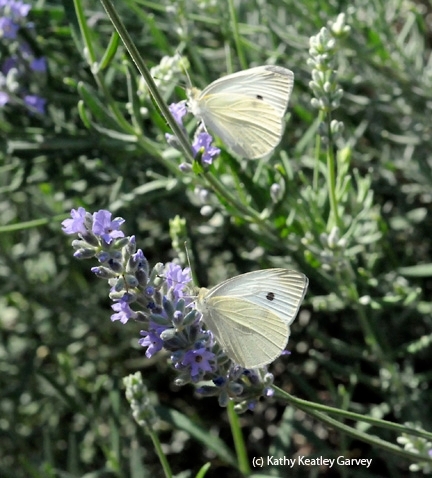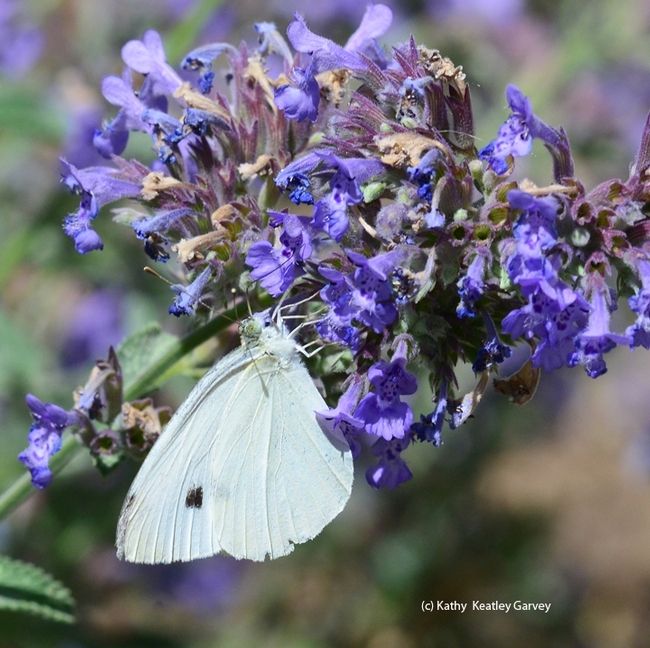Blame the rain. Blame the cold.
As of today, Jan. 26, no one has won Art Shapiro's "Beer-for-a-Butterfly Contest," aka Suds-for-a-Bug.
Not Art, not anyone.
Shapiro, a UC Davis distinguished professor of evolution and ecology, has sponsored the Beer-for-a-Butterfly Contest since 1972 in the three-county area of Sacramento, Yolo and Solano to determine the cabbage white butterfly's first flight of the year.
It's part of his long-term studies of butterfly life cycles and climate change. He's been researching butterfly populations of central California since 1972 and posts information on his website, Art's Butterfly World.
How does this contest work? He'll trade you a pitcher of beer or its equivalent if you collect the first cabbage white butterfly, Pieris rapae, of the year.
But he usually wins because he knows where to look.
Shapiro went looking for the bug today, which he described as "a perfect rapae day."
Any results? "Nope."
The contest rules include:
- It must be an adult (no caterpillars or pupae) and be captured outdoors.
- It must be brought in alive to the Department of Evolution and Ecology office, 2320 Storer Hall, UC Davis, during work hours, 8 a.m. to 5 p.m., Monday through Friday, with the full data (exact time, date and location of the capture) and the contact information of the collector (address, phone number and/or e-mail.) The receptionist will certify that it is alive and refrigerate it. (If it's collected on a weekend or holiday, it can be kept in the refrigerator for a few days--do not freeze it.)
- Shapiro is the sole judge.
P. rapae inhabits vacant lots, fields and gardens where its host plants, weedy mustards, grow. The male is white. The female is often slightly buffy; the "underside of the hindwing and apex of the forewing may be distinctly yellow and normally have a gray cast,” Shapiro said. “The black dots and apical spot on the upperside tend to be faint or even to disappear really early in the season.” In its caterpillar stage, it is a pest commonly called "cabbageworm."
Shapiro, who is in the field 200 days of the year, has been defeated only four times and those were by UC Davis graduate students. Adam Porter won in 1983; Sherri Graves and Rick VanBuskirk each won in the late 1990s; and Jacob Montgomery in 2016. The first three were his own graduate students.
The search is on...Rumor has it that Ria de Grassi of Davis, who won the third annual Robbin Thorp First-Bumble-Bee-of-the-Year Contest by photographing a black-tailed bumble bee, Bombus melanopygus, in her yard, may try her hand (and her net) at collecting one. (See Bug Squad blog)
Shapiro loves the competition, all of it. "Let the best person win!"
Anyone?
Attached Images:

